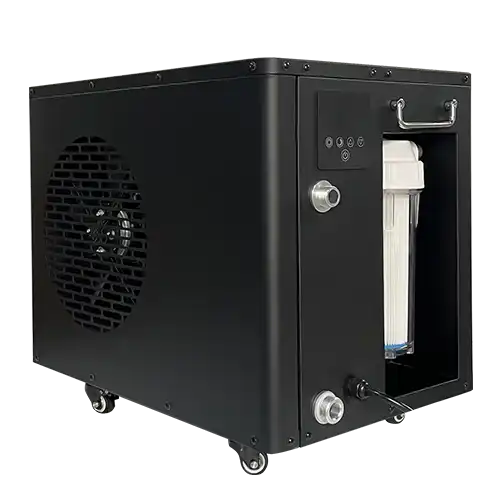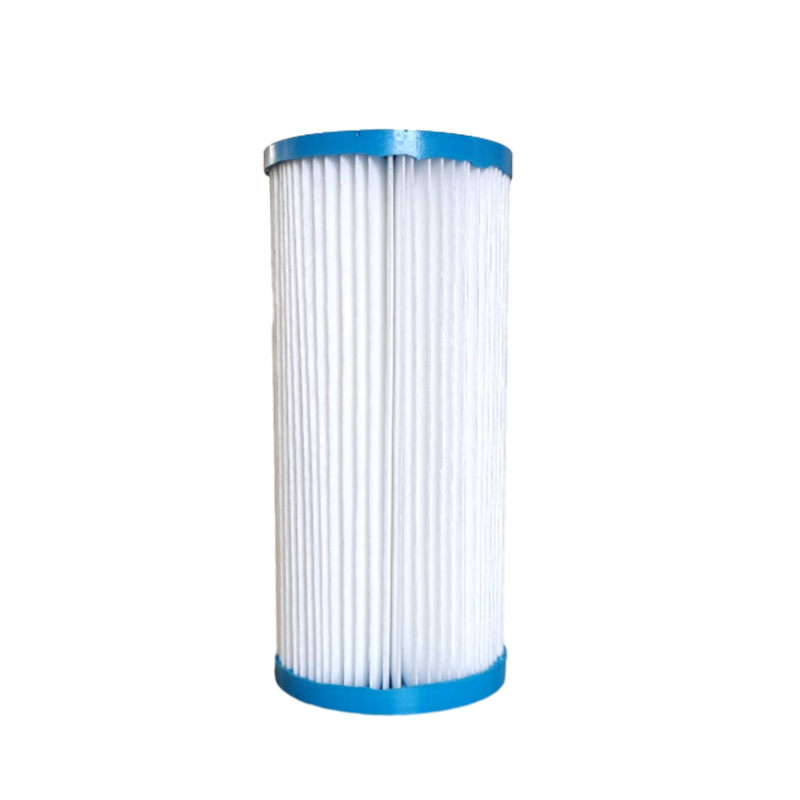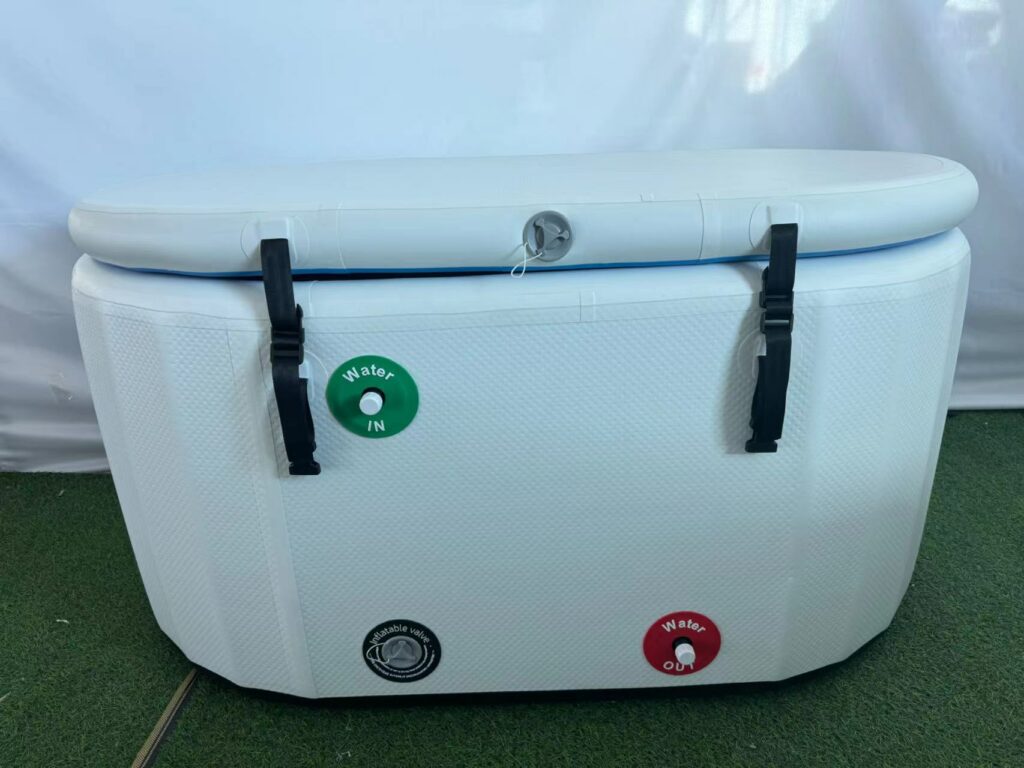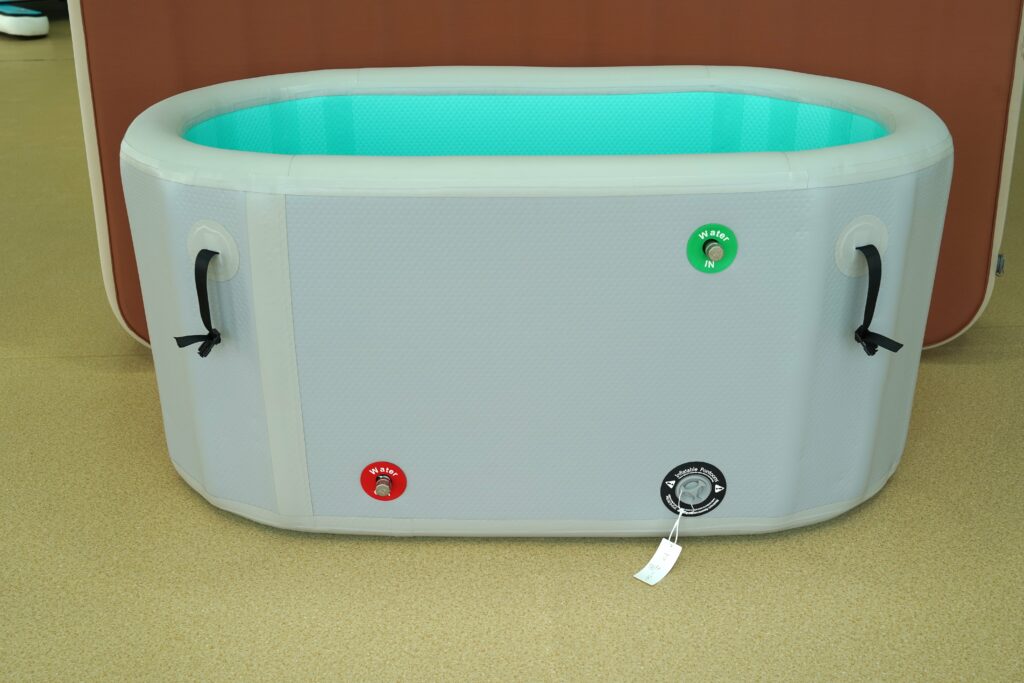Introduction
Cold plunge therapy has emerged as a powerful tool for athletes, fitness enthusiasts, and wellness seekers alike, offering a myriad of potential benefits. From reducing inflammation and promoting muscle recovery to boosting mental resilience and overall well-being, this ancient practice has proven its worth time and time again. However, to truly unlock the full potential of cold plunging, it’s essential to understand and optimize two critical factors: cold frequency and cold plunge water treatment.
Cold Plunge Frequency: Finding the Sweet Spot
Determining the optimal frequency for cold plunge sessions is a delicate balance between maximizing the benefits and avoiding potential risks associated with excessive exposure. While individual responses may vary, most experts recommend the following guidelines:
Weekly Cold Plunge Duration
Aim for a cumulative cold plunge time of approximately 15 minutes per week. This duration is often cited as the optimal range for experiencing the full benefits, including enhanced dopamine release and improved overall well-being. Exceeding this threshold may diminish the positive effects or potentially lead to adverse reactions.
Scheduling Cold Plunge Sessions
To achieve the recommended weekly duration, you can distribute your cold plunge sessions throughout the week. Many practitioners find success with incorporating cold plunges on five separate days, while others prefer a daily routine. The key is to listen to your body’s signals and adjust the frequency and duration accordingly.
Post-Workout Recovery
One of the most popular applications of cold plunge therapy is for post-workout recovery. After an intense exercise session, consider the following routine:
- Sauna Session: Spend 10-15 minutes in a dry sauna to help relax your muscles and promote vasodilation (widening of blood vessels).
- Cold Plunge: Immediately after the sauna, immerse yourself in a cold plunge tub or pool for 2-5 minutes. This combination of heat and cold can aid in recovery and reduce inflammation.
Gradual Adaptation
It’s crucial to start gradually and allow your body to acclimate to the cold exposure. Begin with shorter immersion times and gradually increase the duration as your tolerance improves. Rushing into extended cold exposure can be overwhelming and potentially dangerous, especially for beginners.
Cold Plunge Water Treatment: Ensuring Safety and Hygiene
Maintaining proper water quality is essential for ensuring a safe and hygienic cold plunge experience. Here are some critical considerations for cold plunge water treatment:
Cold Plunge Filtration and Disinfection
Investing in a high-quality filtration system and incorporating disinfection methods, such as ozone or ultraviolet (UV) treatment, can help remove contaminants, bacteria, and other harmful substances from the water. Regular filter maintenance and replacement are crucial to maintain optimal water quality.
Water Chemistry
Regularly monitoring and adjusting the water chemistry, including pH levels, alkalinity, and calcium hardness, can help prevent scale buildup, corrosion, and other issues that may affect the performance and longevity of your cold plunge equipment. Consult with professionals or follow manufacturer guidelines for recommended water chemistry ranges.
Water Circulation and Turnover
Ensuring proper water circulation and turnover rates can help prevent stagnation and the buildup of harmful bacteria or algae. Consult with professionals or follow manufacturer guidelines for recommended water turnover rates and circulation patterns.
Regular Maintenance and Cleaning
Establishing a routine for cleaning and maintaining your cold plunge tub or pool is essential for maintaining water quality and preventing the growth of harmful microorganisms. Follow manufacturer recommendations for cleaning schedules and approved cleaning products.
Water Temperature Control
Precise temperature control is crucial for ensuring a safe and effective cold plunge experience. Invest in a reliable thermometer and temperature control system to monitor and adjust the water temperature accurately, typically within the recommended range of 50°F to 59°F (10°C to 15°C) for the beginner.
Mastering the art of cold plunging requires a delicate balance between frequency and water treatment. By following the guidelines outlined in this article, you can optimize your cold plunge routine to maximize the potential benefits while prioritizing safety and hygiene. Remember, cold plunge therapy is a personal journey, and what works for one individual may not be suitable for another. Embrace the process, listen to your body, and seek guidance from experienced practitioners or healthcare professionals when needed.






